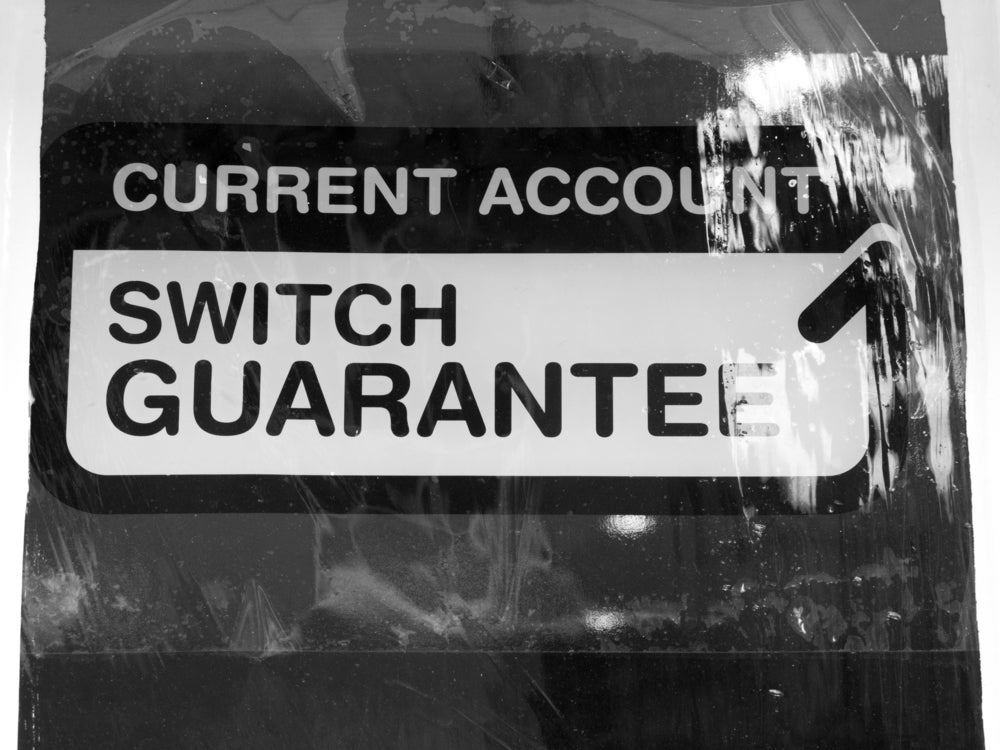UK current account switching remains pretty low and is not setting records, no matter what the excited press release from PayUK may say, but we will get to that in a minute. Let us deal with the positives first. And while we are at it, say a hearty well done to Santander, HSBC, Starling, Monzo and Nationwide.
The UK leads the way in terms of ease of current account switching. PayUK does an excellent job and cannot be faulted as regards its promotion of 7 day switching and administration of the switches themselves.
Awareness of and satisfaction with the UK’s seven day switching service remains consistently high with Q4 2022 scores of 76% and 93% respectively.
Moreover, the UK 7-day switching initiative has admirers outside the UK, such is its strong reputation. I have, for example, been quizzed about the service on my conference chairing travels by inter alia, a regulator in Singapore, a Canadian politician – he was enquiring if the service truly boosted competition-and by bankers across Europe and the Middle East.
Q3 2022: Santander, HSBC and Starling top for net gains
So far, all good and positive. There will undoubtedly be consumer press interest when it comes to the quarterly winners and losers figures-i.e. which brands are net gainers. End user data by brand is published three months in arrears so today the service releases data for the period from July to September 2022.
Santander had the highest net switching gains (29,105), followed by HSBC (13,119), and Starling Bank (9,070). Monzo (6,038) and Nationwide (3,248) were in fourth and fifth place, respectively.
How well do you really know your competitors?
Access the most comprehensive Company Profiles on the market, powered by GlobalData. Save hours of research. Gain competitive edge.

Thank you!
Your download email will arrive shortly
Not ready to buy yet? Download a free sample
We are confident about the unique quality of our Company Profiles. However, we want you to make the most beneficial decision for your business, so we offer a free sample that you can download by submitting the below form
By GlobalDataThe net gainers tend to be brands that fall into one or two-or both categories-namely the brands with the best current switching initiatives and the brands with the best reputation for customer service. Exactly what one would expect.
Nationwide: market share rises from 6.2% to 10.3% since 2013
Of all the UK banking brands, arguably Nationwide deserves particular mention for its success in the market since 2013. Looking back to the early days of seven day switching, Nationwide’s market share for UK current accounts was 6.2%. Fast forward to today and Nationwide’s market share is now 10.3%. Growing current account market share by four percentage points from 6.2% to 10.3% does not happen by accident and merits a shout-out to the product and marketing teams at Nationwide.
Thinking back to 2013 and the launch of the service, brings back memories of some of the most ridiculous and ill-informed comments and forecasts from folks that ought to have known better. Somewhere, I will have evidence of some nonsensical predictions that 7-day switching would boost switching rates to 25% per year or even 33%. It was never going to happen and needless to say has not happened.
Now to the current numbers. For calendar year 2022, there was a total of 986,959 current account switches. It means that around 2% of UK adults switched their primary current account.
Not only are the 986,959 total switches for 2022 about par for the course, but the figure also remains less than the annual figure when seven-day switching was rolled out in 2013. Specifically, in 2012 there were 1.2 million switches and in 2013 a total of 1.02 million switches. So, despite a huge amount of energy and promotion of the switching service, we are not yet back to where switching was in 2013.
Account switching peaked in 2014
For the record, the annual figure peaked in 2014 at 1.16 million. The annual total dipped then in each of the next four years, to 1,033,939 in 2015 and to 1,010,423 in 2016. By 2017 (931,956) the figure was back below the one million total and fell again to 929,070 in 2018. By 2021, the annual number had fallen even further to 782,223.
Accordingly, a positive spin can be placed on the 2022 numbers, representing a sharp year-on-year rise. It is however stretching things a little for the 7-day switching service to become a little over-excited on the basis of the fourth quarter numbers for 2022.
Between October and December 2022, the current account switch service processed 376,107 switches, the highest quarterly total volume of switches facilitated since the 2013 launch of the service. Given the experience of observing the service with interest over that near decade, it would be prudent to await more evidence than one quarter before suggesting that switching is truly gathering pace.
Low switching rates can be attributed to a number of factors-apathy or sheer laziness in many cases. For many customers, it will be the fact that they are actually satisfied with their existing current account provider and so have no reason to switch.






